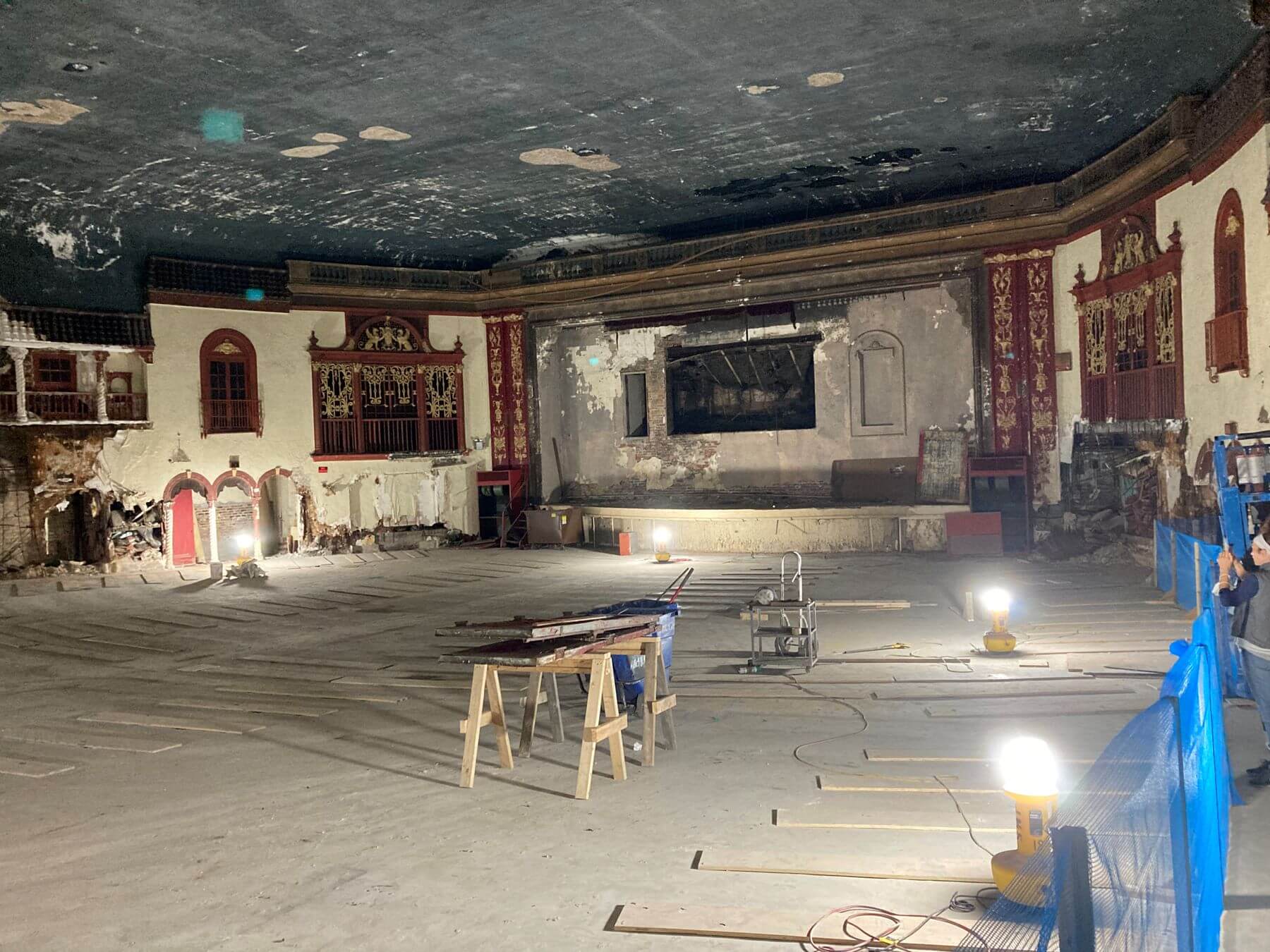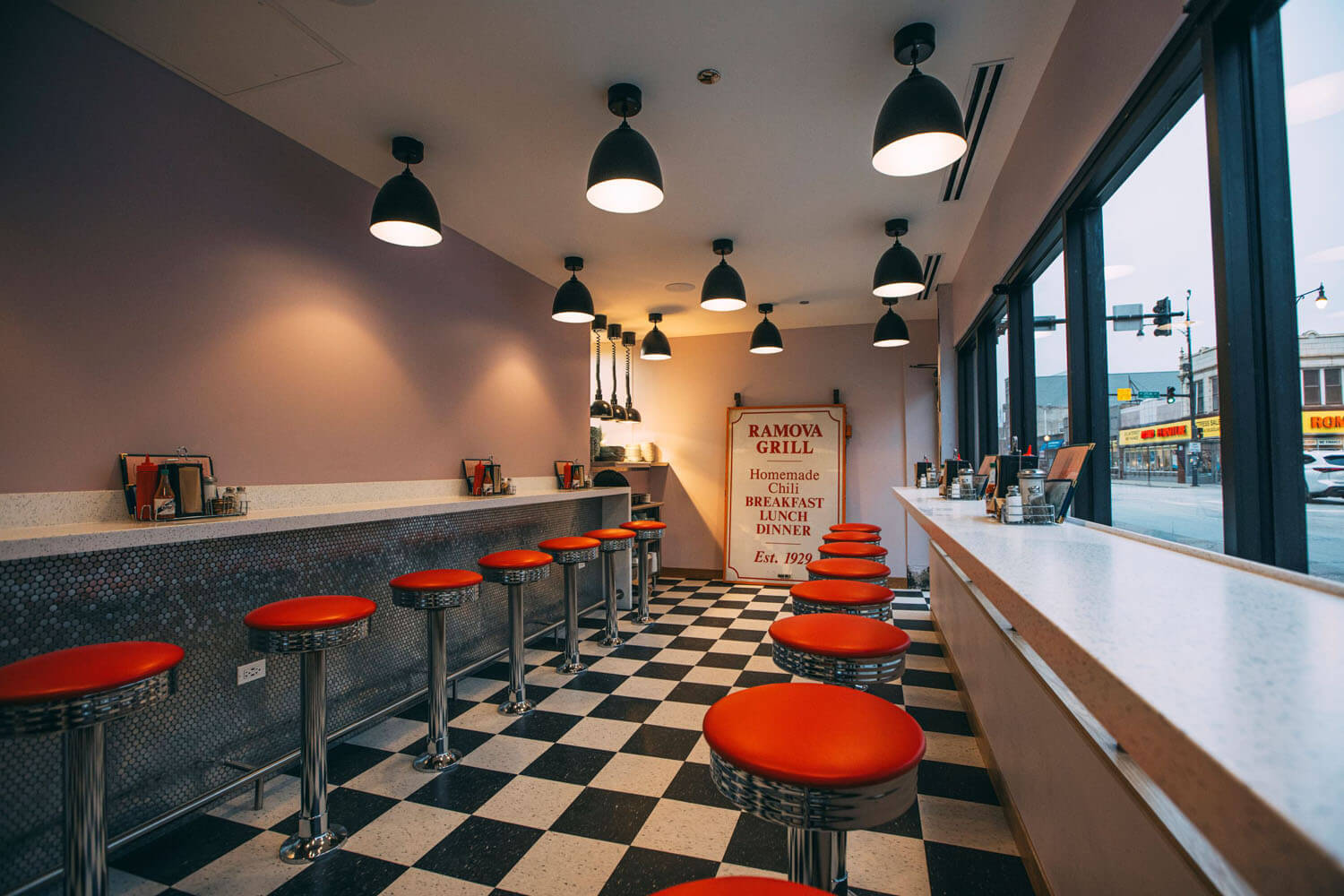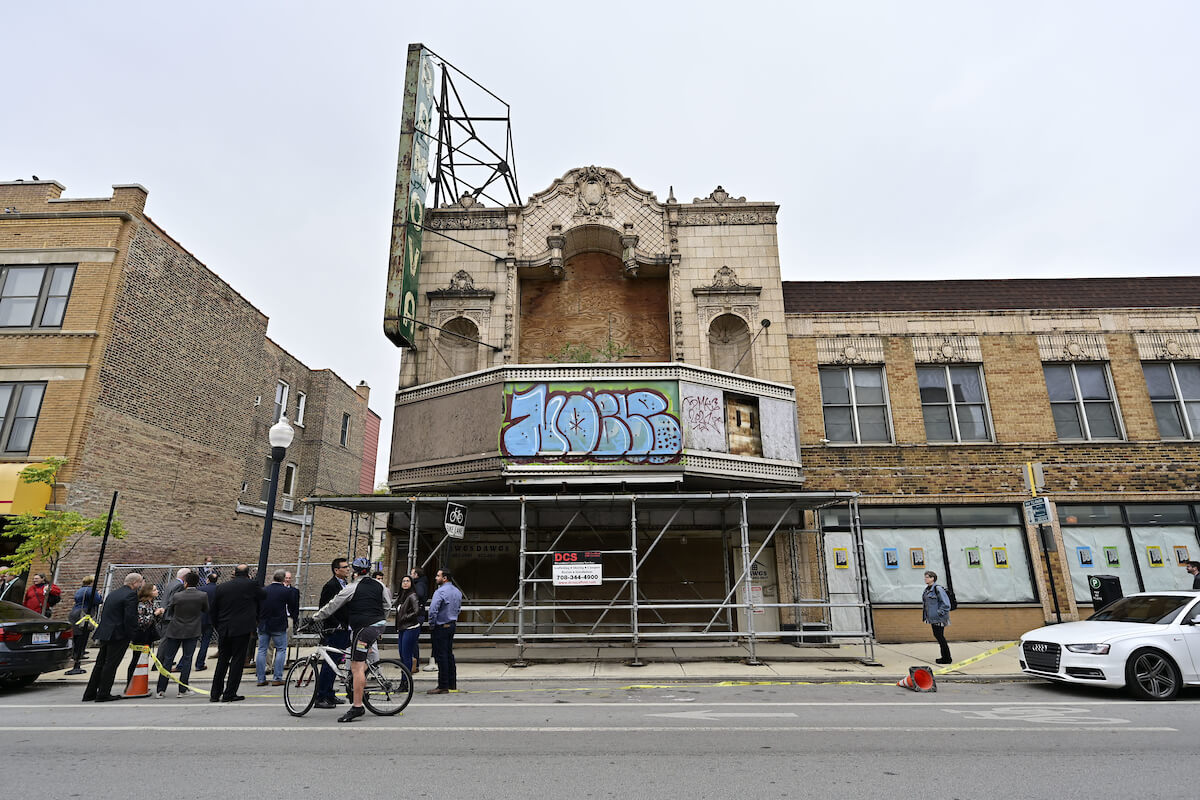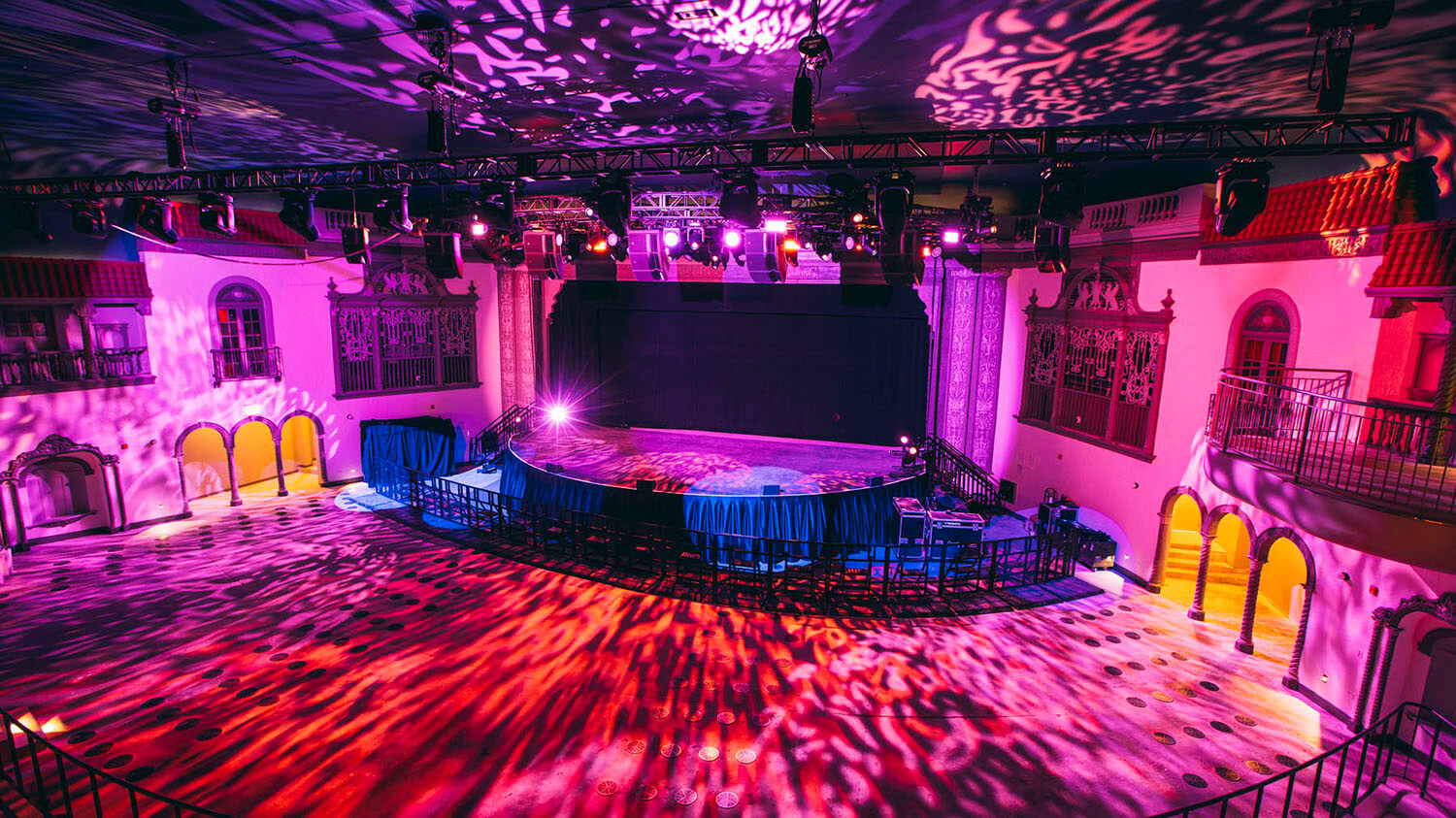The show will go on in Chicago’s Bridgeport neighborhood: The Ramova Theatre’s historic doors are set to reopen following a $30 million adaptive reuse transformation.
Built in 1929, the single-screen cinema was known for its iconic neon red marquee and Spanish-inspired architecture until its closure in 1985. The venue remained dormant for decades, enduring water damage on the plaster ceilings and damage to its terra-cotta facade, until McHugh Construction embarked on restoring the building in 2021. The ambitious project, designed by O’Riley Office, received funding from locals, city taxes, a state grant, and a Historic Places loan.
“When we first arrived on the site, it was like a time capsule, with the ticket booth still in place—even with the same curtains from the day it closed,” said Andrew Totten, vice president of McHugh Construction. His team wanted to salvage the theatre’s historic legacy while adapting it to new demands and forms of entertainment.

The 36,000-square-foot project transformed the venue into a 1,800-person concert hall with a craft brewery, a taproom, and a 200-person event space on the second floor. Ramova’s hacienda aesthetic was revived, restoring its pale-yellow stucco walls, the bronze wrought-iron windows and balconies, its midnight blue painted ceilings, and the clay-tile roof. Yet, modern additions are also on view.
In place of the old movie theater velvet seats, the venue now features an expansive stage. There are also multiple bars at the back of the auditorium. For further views of the stage, the concert hall’s second-floor balcony was revived as well.

Built by local craftsmen and contractors, the new Ramova Theatre also hosts spaces for community members. The venue’s second floor offers a space for community groups and local schools to gather, and for smaller artists to perform. The theater’s parking lot is also envisioned to host farmers markets and community events.
McHugh’s decades-long restoration experience allowed the project to succeed. “We knew exactly how and when to preserve, protect, rebuild and start anew, like when we took casts of the building’s remaining terra-cotta pieces and had them remade,” Totten added.

Beyond aesthetics, the restoration required Ramova to adapt to the necessities of a new generation of artists. As part of the design process, artists were consulted to understand their needs. “We wanted to create a place where they would want to come and perform,” said developer Tyler Nevius.

The new concert hall features new spotlights and a new speaker system to amplify instruments and vocals onstage. Behind the scenes, a new green room houses four artist suites with full bathrooms, an office for tour managers, and a circulation for touring vehicles, protecting artists from paparazzi. The new facilities have attracted A-list celebrities like Chance the Rapper, who is set to perform at the venue later this month.
The transformed Ramova Theatre reopened on December 31 last year, inviting the community back in. Totten reflected, “It’s rewarding to see all the dynamic uses come together at this one location to create an authentic community anchor.”
Correction: A previous version of this article didn’t mention the name of the restoration architect, O’Riley Office. The article was udpated on February 8, 2024 to reflect O’Riley Office’s contribution.











